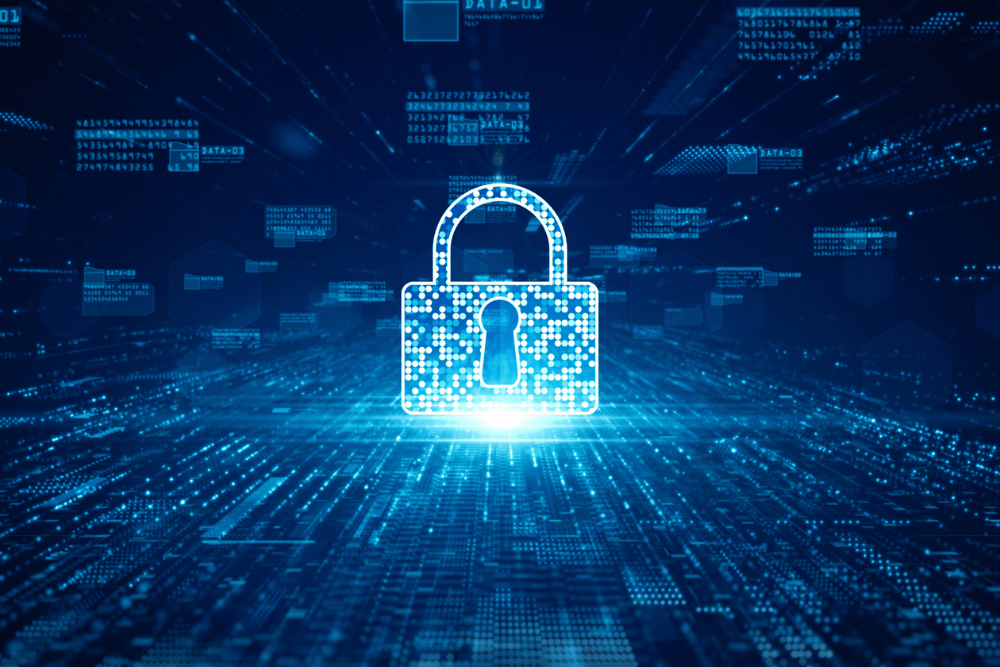October is Cybersecurity Awareness Month, which means now is an excellent time to consider how well your organization is protected against today’s ever-evolving cybersecurity threats. That also means taking a closer look at your organization’s cybersecurity protocols and ensuring your team follows best practices.
Why Is Cybersecurity Awareness Important?
Cyberattacks have always been a risk – the fifth top-rated risk in 2020, according to a WEF Global Risk Report. With the COVID-19 pandemic and a subsequent shift to remote work, cybercrimes are more prevalent than ever. In fact, experts have seen a 600-percent increase in cybercrimes ranging from theft and embezzlement to data hacking and malicious destruction.
Cyberattacks aren’t just dangerous from a user standpoint. As of 2015, cybercrimes of various kinds have caused an estimated $3 trillion annually in damages to businesses worldwide. That cost is expected to balloon to an estimated $10.5 trillion by 2025. Given these statistics, cyberattacks inflict more damage from a financial standpoint than natural disasters.
Whether you run a small business or manage a large enterprise, chances are your organization has already had its fair share of cyberattacks. While large enterprises are often better positioned to handle these threats, most small businesses simply aren’t equipped to defend against the ever-evolving array of attacks. A recent study found that only 14 percent of enterprises surveyed were properly prepared against cyberattacks, despite 43 percent of those attacks being aimed at small businesses.
When it comes to cybersecurity threats, prevention should always be an all-hands effort. While your IT employees and outsourced vendors take action to defend against cyber criminals, the rest of your organization must also do its part. After all, each individual action taken by an employee has the potential to expose your company to any number of cybersecurity threats. That’s why your team needs to understand and implement best practices to mitigate and avoid these ongoing threats.
Best Practices That Your Team Must Implement
Strong Passwords
Passwords are always the weakest link in the cybersecurity chain. Unfortunately, many people opt for simple and relatively weak passwords out of sheer convenience, making it easier for hackers to guess those passwords or use password-bypassing tools to gain access. Here are a few password management best practices for your employees to follow:
- Use strong passwords containing at least ten characters. Make sure those characters include a mix of upper and lowercase letters, numbers, symbols, and special characters.
- Have employees change their passwords regularly. The longer someone uses a password, the greater the risk of it eventually being compromised.
- Use a reliable and secure password manager tool for remembering secure passwords. Never use your browser’s built-in password manager to store commonly-used passwords.
- Encourage employees never to write down their passwords or leave them in plain sight for others to see.
Secure Wi-Fi
Public Wi-Fi networks represent a significant security risk due to their open access and relative lack of security features. Anyone who must use a public Wi-Fi network to access company data should do so via a Virtual Private Network. A VPN helps prevent hackers and eavesdroppers from accessing a user’s online activity and credentials.
Software Updates
Frequent security updates are essential for dealing with an ever-changing roster of cybersecurity threats. Whenever your internet security service provider offers software updates, employees should install them on their devices immediately. Keeping machines and applications up-to-date reduces their vulnerability to malware and other cyberattacks.
Firewall Protection
Employees should also consider firewall protection for their home networks if they haven’t done so already. This gives them yet another layer of security against hackers who try to use home networks to gain access to a company’s system.
Unvetted USB Scrutiny
USB drives are a popular data transfer method, but they can also be an open conduit for viruses and malware. Not only should your teams always treat any USB drive as if it contains viruses or malware, regardless of its source, but they should never directly plug USB drives into company computers with network access.
Anti-Phishing Measures
Encourage team members always to take caution when dealing with emails from unrecognized senders. Hackers can easily lure unsuspecting employees into clicking on malware-embedded links and attachments in seemingly legitimate emails. Employees should also avoid typing any important credentials or personal information in emails from unknown sources. Even communications from fellow employees should be double-checked in case of impersonation.
Training and Education
Knowledge is power, especially when it comes to cybersecurity awareness. Encourage employees to attend cybersecurity training and education workshops, as these sessions can help employees better spot and avoid various cyber threats.
Multifactor Authentication (MFA)
Adopting multifactor authentication can help strengthen network security by adding a secondary barrier against unauthorized account access. While many forms of two-factor authentication rely on phone numbers and SMS messaging, organizations are better off using physical MFA, including security keys with biometric authentication.
Resources You Can Leverage
There are plenty of resources you and your team can lean on to learn new best practices or improve existing ones when it comes to effective cybersecurity. This source from CyberExperts, for example, not only lists many of the cybersecurity best practices previously mentioned but also goes into greater detail about each one.
The U.S. Cybersecurity & Infrastructure Security Agency also offers a comprehensive list of cybersecurity resources for small businesses, including a custom cybersecurity plan you can create. There’s also the U.S. Small Business Administration’s brief guide on common cybersecurity threats, along with ways to assess risk and best practices for employees.
The Federal Trade Commission also has various resources for protecting your small business against all manner of cyberattacks. Finally, the National Institute of Standards and Technology also offers its own resources for safeguarding your organization against cybersecurity risks.
Are you looking to improve your San Francisco company’s protection against the latest cyber threats? If so, contact Golden Gate today and speak to one of our cybersecurity specialists. We can help you protect your technology infrastructure from cyber criminals.

